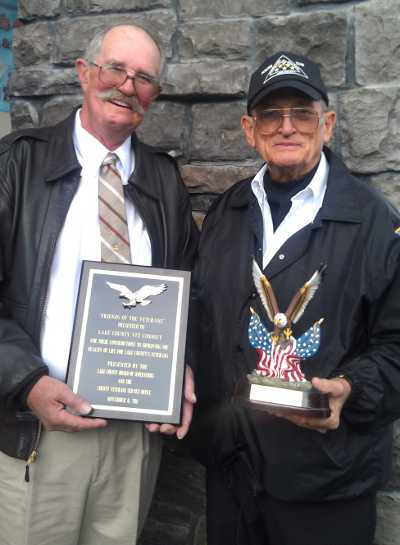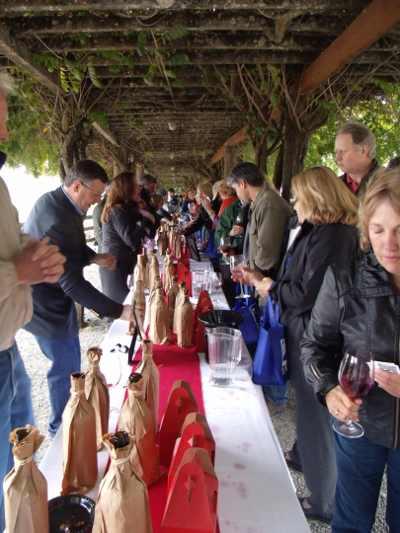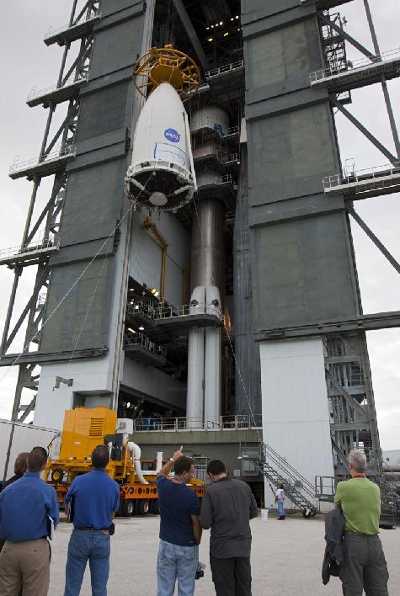- Elizabeth Larson
- Posted On
Mock Trial Program formation gets under way; program to debut in 2012-13 school year
LAKEPORT, Calif. – Local legal and educational leaders met last week to begin laying the groundwork to introduce a new educational program to Lake County.
More than 30 community members – including judges, attorneys, educators and students – met on Thursday, Nov. 10, at the Lake County Courthouse, to discuss the new Mock Trial Program, which will make its debut in the 2012-13 school year.
The Lake County Superior Court and Lake County Office of Education are partnering to bring the Mock Trial Program to Lake County.
The Mock Trial Program is an educational exercise in which young people study court cases and argue them before real judges in real courtrooms as part of mock bench trials. Competitions take place on the county, state and national levels, much like the Academic Decathlon.
Participating students take on the roles of prosecutors, defense attorneys, witnesses, clerks, bailiffs, journalists and sketch artists.
Judge Richard Martin, who hosted the meeting, said the program’s success will hinge on the involvement of community members.
As part of the Nov. 10 meeting there was a presentation by Carolyn Brown, coordinator for the Mendocino County Mock Trial Program – in place for 24 years – and wife of Mendocino County Superior Court Judge Ronald Brown, who made the trip to Lakeport with her.
Lake County Superintendent of Schools Wally Holbrook said he’s very excited about the program.
“All of our children are really going to benefit from this,” he said.
Holbrook said the goal – and the expectation – is that all five of the county’s high schools will participate.
Carolyn Brown explained how the program works in Mendocino County, and touched on its benefits for young people.
“We do truly believe there are so many wonderful outcomes for students participating in this program,” she said.
She said hundreds of Mendocino County students have grown and matured through the program, which teaches them about the intricacies of criminal trials.
Participation requires – and fosters – critical thinking skills, with students also gaining self-confidence and good sportsmanship, as well as the ability to stay cool as they’re under the scrutiny of judges and attorneys, she said.
Spectators are amazed at the participating students’ professionalism, Brown said, adding that the program crafts responsible young adults.
The Mendocino County Mock Trial Program competition will take place over two weekends early next year, Jan. 28 and Feb. 4, Brown said.
Brown said the Mock Trial Program and others like it “are more critical than ever.”
The group also heard from Laytonville High School science teacher Bruce Potter, who leads that school’s Mock Trial Program, and explained that the program is good for self-esteem and teaching students how to solve problems.
Mendocino County Assistant District Attorney Beth Norman, who is an attorney-coach, said, “There’s a place for everyone” in the program.
She said the program teaches skills that she believes open doors for young people, and shared how she had seen the teens she works with in Mendocino County come up with creative legal arguments that surprised and impressed her.
“It’s a blast,” she said. “I love doing it.”
Norman added, “I’m really excited that Lake County is thinking about doing this.”
Laytonville High School junior Colten Gover, one of Mendocino County’s Mock Trial Program stars, explained that the competition requires dedication, but teaches many skills.
There are other pluses as well, he said. “You make friends, and that's the biggest part I like.”
Another attorney-coach, Matt Finnegan, who for the last two years has worked with the team for the Redwood Academy of Ukiah and the Accelerated Achievement Academy, said at first he was reluctant to take part due to the time commitment.
However, he added, “For me, it’s well worth it,” and said he believes the adults who will take on the teaching and mentoring roles in Lake County also will find it rewarding.
Holbrook said a lot needs to be done in order to have the program’s setup complete by the end of this school year, in preparation for the first Lake County competition in the fall of 2012.
With the Academic Decathlon already well established in Lake County, Holbrook said he doesn’t want to see the two programs compete, and wants students to be able to compete in both.
He said he anticipates meeting with local school superintendents about the program on Monday, Nov. 14.
For more information, call the Lake County Office of Education, 707-262-4100.
E-mail Elizabeth Larson at This email address is being protected from spambots. You need JavaScript enabled to view it. . Follow Lake County News on Twitter at http://twitter.com/LakeCoNews, on Tumblr at www.lakeconews.tumblr.com, on Facebook at http://www.facebook.com/pages/Lake-County-News/143156775604?ref=mf and on YouTube at http://www.youtube.com/user/LakeCoNews .

 How to resolve AdBlock issue?
How to resolve AdBlock issue? 











